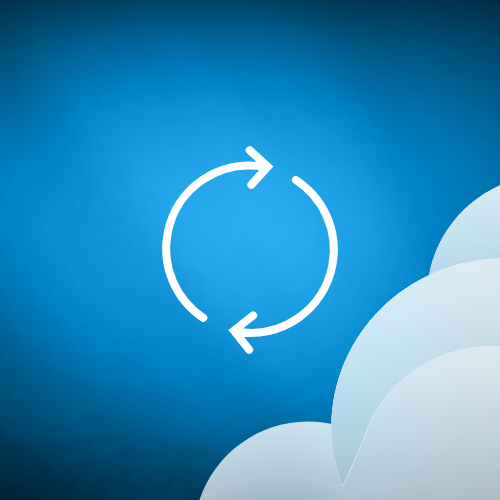Data backup and recovery strategies for cloud and SaaS workloads are becoming more of a focus for large and small businesses. It is no longer if an event will occur, but rather when companies will need to recover from data loss. Salesforce is critical to the success of your business which means that it is time to think about how you are backing up your Salesforce data.
While data loss is inevitable within any organization, whether it be through human error, ransomware attack, or data breach, being proactive about data protection is the first step to avoiding business disruptions.
Does Salesforce back up your data?
There is confusion around what Salesforce is backing up, how it can be retrieved, and how long it will take to restore your data. Salesforce provides numerous native tools that can be used to back up your data. It is important to recognize that most of these tools are manual and will only export your data — they will not restore in the event of data loss. The exception to this is with Salesforce’s backup and restore tool, but you must consider another key factor as to how accessible this backed-up data is. For example, retrieving it involves a zip file full of CSV files, and restoring is manual and time-consuming. You also need to proactively pull down these CSV files weekly, and most organizations don’t realize that they MUST take this step to recover their data before it’s too late.
What about Salesforce metadata and why is it so critical for backup?
Simply put, metadata is the data that provides information about other data. For example, when an account is created, let’s call the account Chad’s Pets — that is data. The names of the fields such as the first and last name, that is metadata. As you can see, backing up data without metadata would basically be useless because you not only lose critical data, but you also lose how it is connected to other data.
What happens if we make a mistake? Can’t we just find it in Salesforce?
Departments across your entire organization are using and relying on Salesforce, from sales to marketing and IT. This makes it difficult to discover where problems are coming from and also distinguish if they are human error, integration, or data corruption. Within large organizations, there will be hundreds or thousands of Salesforce users. It is important to recognize that data glitches can just as easily happen in small organizations with fewer IT specialists. Consider how long would it take to go through and manually fix an issue if there are 100 users. Keep in mind this is after the days or weeks it took to even identify the issue.
Salesforce is a consistently dynamic database. This means the data and metadata are unified. When you restore, it is essential that you can properly repair all the interconnections, and that relies on backup intelligence and application awareness.
How do you know if you are backing up your Salesforce data?
This is a common and difficult question to answer for any organization. There is not a one-size-fits-all answer for everyone. Depending on the size of your organization, you may have a Salesforce admin (either in-house or contracted), but are they responsible for the backup? Or is it the director of IT, the backup admin, or the systems admin that should be responsible? This confusion and uncertainty is the reason that your Salesforce data is not secure or properly backed up.
Druva can help
Don’t assume your Salesforce data is automatically protected. Druva can help your organization be better prepared for any type of Salesforce data disaster. Protect your critical Salesforce CRM data and metadata with reliable, automated daily cloud-to-cloud backups
Learn more about why Salesforce data is your responsibility, why you need to back it up, and how Druva offers the ideal solution in our eBook, 6 critical reasons for Salesforce data backup.
